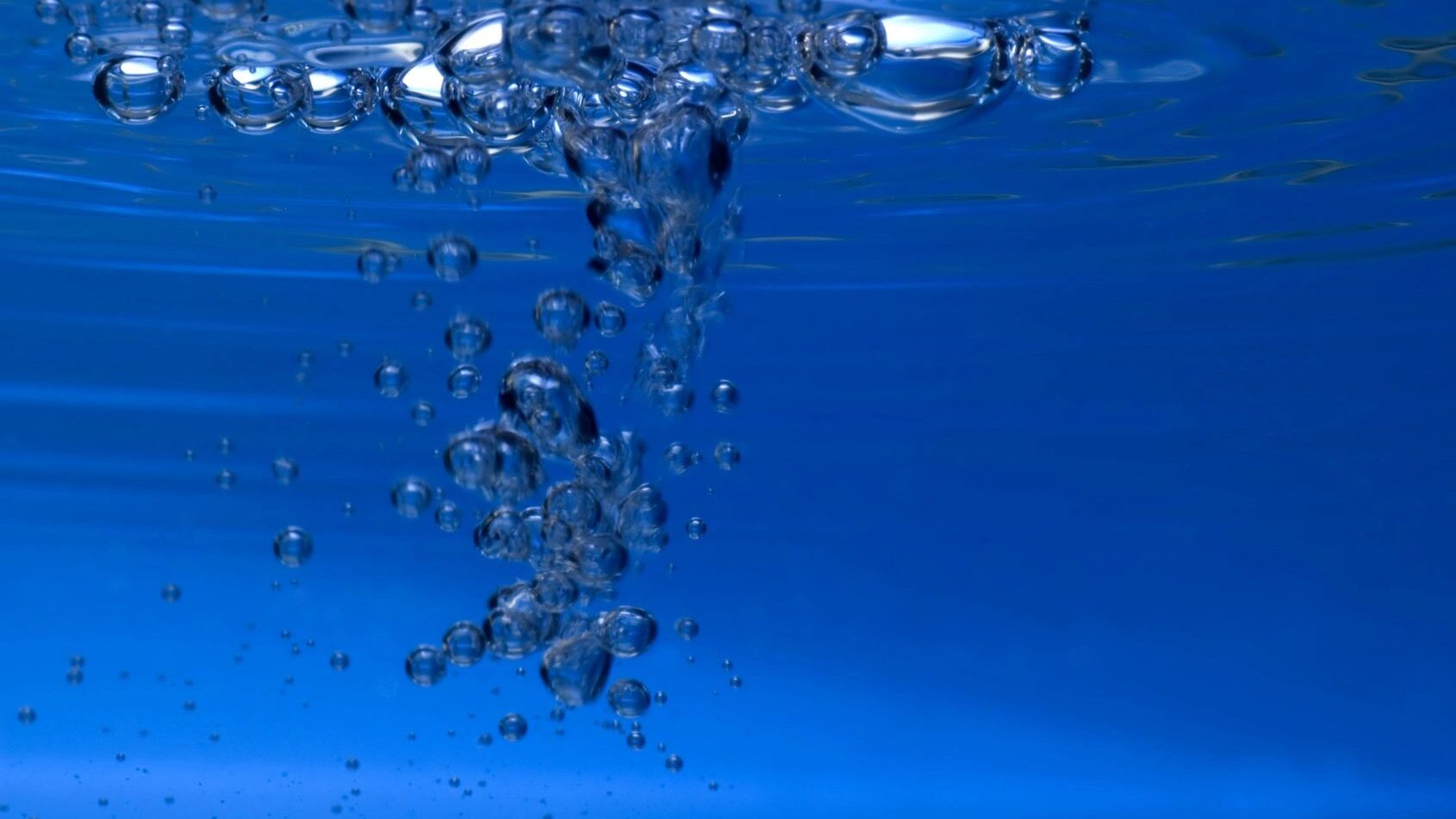
Whether you’re a seasoned swimmer or someone who enjoys lounging by the poolside, the quality of pool water can significantly impact your experience. Among the many factors that contribute to water quality, pH stands out as a crucial parameter to monitor and maintain. In this article, we delve into the science behind pH, exploring what it is, why it matters, and how it affects your swimming experience.
What is pH?
pH is a measure of the acidity or alkalinity of a solution, indicating the concentration of hydrogen ions present. The pH scale ranges from 0 to 14, with 7 considered neutral. A pH below 7 indicates acidity, while a pH above 7 indicates alkalinity.
Why Does pH Matter in Pool Water?
Maintaining the proper pH level in your water is essential for several reasons:
- Swimmer Comfort: The pH of pool water can affect swimmers’ comfort. Water that is too acidic or too alkaline may cause skin and eye irritation.
- Chemical Efficiency: The effectiveness of chlorine, the primary disinfectant used in pools, depends on pH. Chlorine works best in a slightly acidic environment. If the pH is too high or too low, chlorine becomes less effective at killing bacteria and algae.
- Equipment Protection: Imbalanced pH levels can corrode pool equipment such as pumps, filters, and metal fixtures, leading to costly repairs and replacements.
Ideal pH Range for Pool Water
The ideal pH range for pool water is typically between 7.2 and 7.6. This range is slightly alkaline, which helps to ensure swimmer comfort and maximize the effectiveness of chlorine.
Factors Affecting pH Levels
Several factors can influence the pH of water:
- Chlorine Usage: Adding chlorine to the pool can affect pH levels. Chlorine is acidic, so adding it can lower the pH of the water.
- Organic Contaminants: Organic contaminants such as sweat, urine, and sunscreen can affect pH levels by reacting with chlorine and other chemicals in the water.
- Carbon Dioxide: Carbon dioxide from the atmosphere can dissolve in pool water, forming carbonic acid and lowering the pH.
Monitoring and Adjusting pH Levels
Regular monitoring of pH levels is essential for maintaining balanced water. Pool owners can use pH test kits or electronic pH meters to measure the pH of the water. If the pH is outside the ideal range, pH adjusters such as pH increaser (sodium carbonate) or pH decreaser (sodium bisulfate) can be used to bring the pH back into balance.
Conclusion
Understanding the science behind pH in water is crucial for maintaining a safe, comfortable swimming environment. By monitoring and adjusting pH levels regularly, owners can ensure optimal water quality, prolong the life of pool equipment, and provide an enjoyable swimming experience for all. Remember, maintaining proper pH levels is just one aspect of pool maintenance, but it’s a vital one for the overall health and enjoyment of your pool. Want to learn more about pH? Check out Swim University for more resources!
